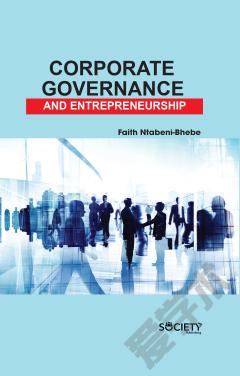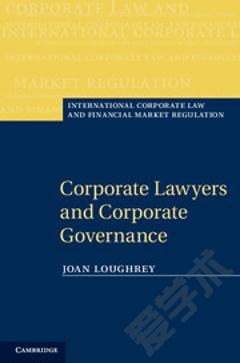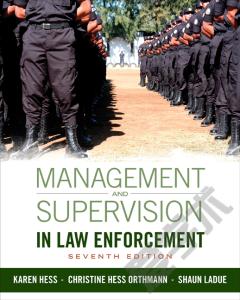Cyberlaw —— Management and Entrepreneurship
----- 网络法与企业家精神
This text offers comprehensive coverage of cyberlaw and related topics using an accessible writing style, up-to-date coverage, and an entrepreneurial-process orientation and will fulfill the needs of future professional business managers for whom start-ups, the Internet, and innovation have continuing and increasing importance. Widely expected to become a foundational text for experiential business law courses, Cyberlaw will help prepare students for the fundamental legal challenges of startups as well as of small- and medium-sized enterprises. By following the progression of a business from idea to formation and financing to operations (including asset development and acquisition) to hiring and, finally, to the exit phase, future managers will gain insights into the kinds of decisions managers must make at every step. Students will become engaged in the topic through case analyses, examples, ethical and international perspectives, carefully constructed pedagogy, and other features, such as practice pointers, Twitter thread stories, and more.Features:The text organization observes the chronological pattern followed by a startup/entrepreneur, providing a cohesive guide to the build-out of a business. Traditional cyberlaw topics are given comprehensive coverage but always in a business context.Cutting-edge and seminal cyberlaw cases are carefully selected and edited for readability and clarity.Important topic content includes chapters on IP; social media; data privacy; and government regulation.Other up-to-date coverage includes promoting inventiveness and innovation; data security; new venture planning, fiduciary duties, and crowdfunding ; and malware, data breaches, and criminal procedure.Each chapter contains a feature focused on cyberlaw issues and dilemmas, using Twitter as a case study.Wherever appropriate and relevant, international perspectives and ethical organizational behavior are integrated into the discussion.Pedagogical features, placed strategically throughout the text, include concept summaries, case questions, exhibits and tables, hypothetical ventures to illustrate points, and dynamic end-of-chapter features such as chapter summaries, manager s checklists, key terms, short case problems or questions, and web resources.Learning objectives align with AACSB standards and Bloom s Taxonomy for assessment purposes.Cutting-edge cyberlaw cases discussed include People v. Marquan M (cyber-bullying, 2014) and Riley v. California (cell phone searches, 2014).
{{comment.content}}








 京公网安备 11010802027623号
京公网安备 11010802027623号